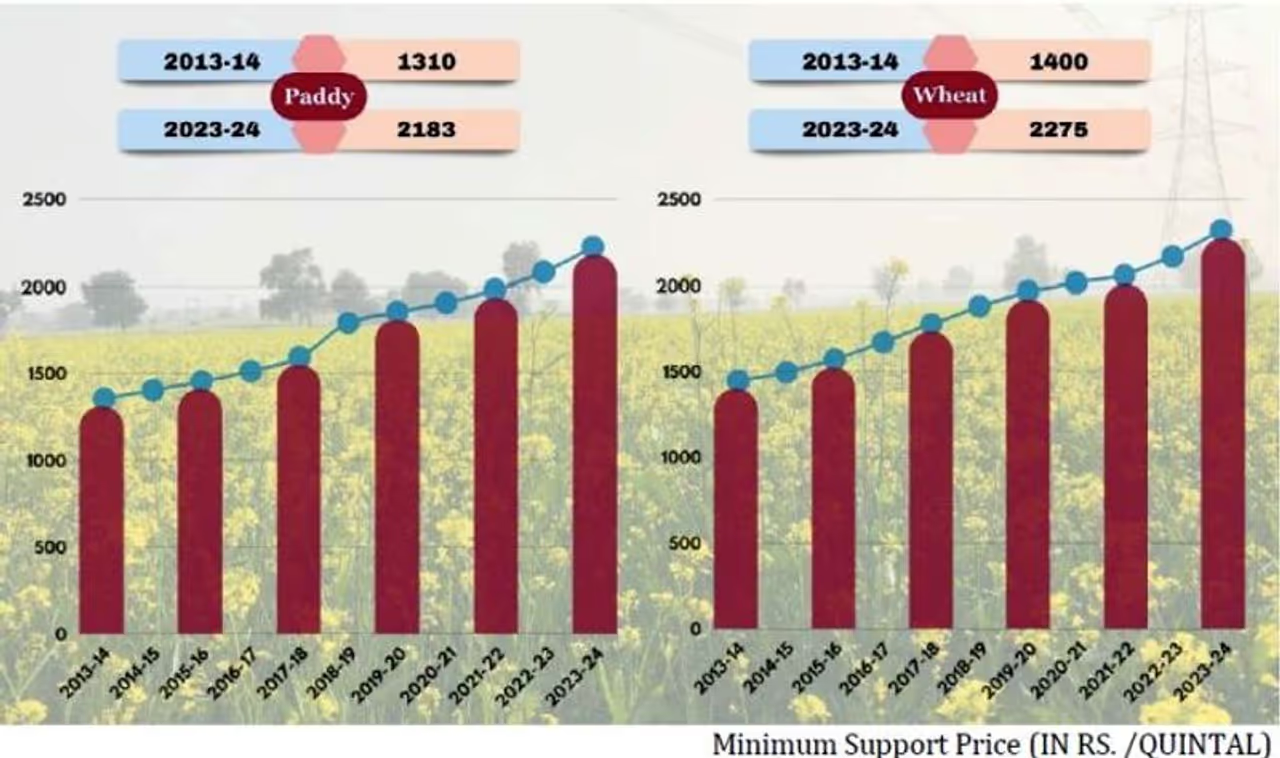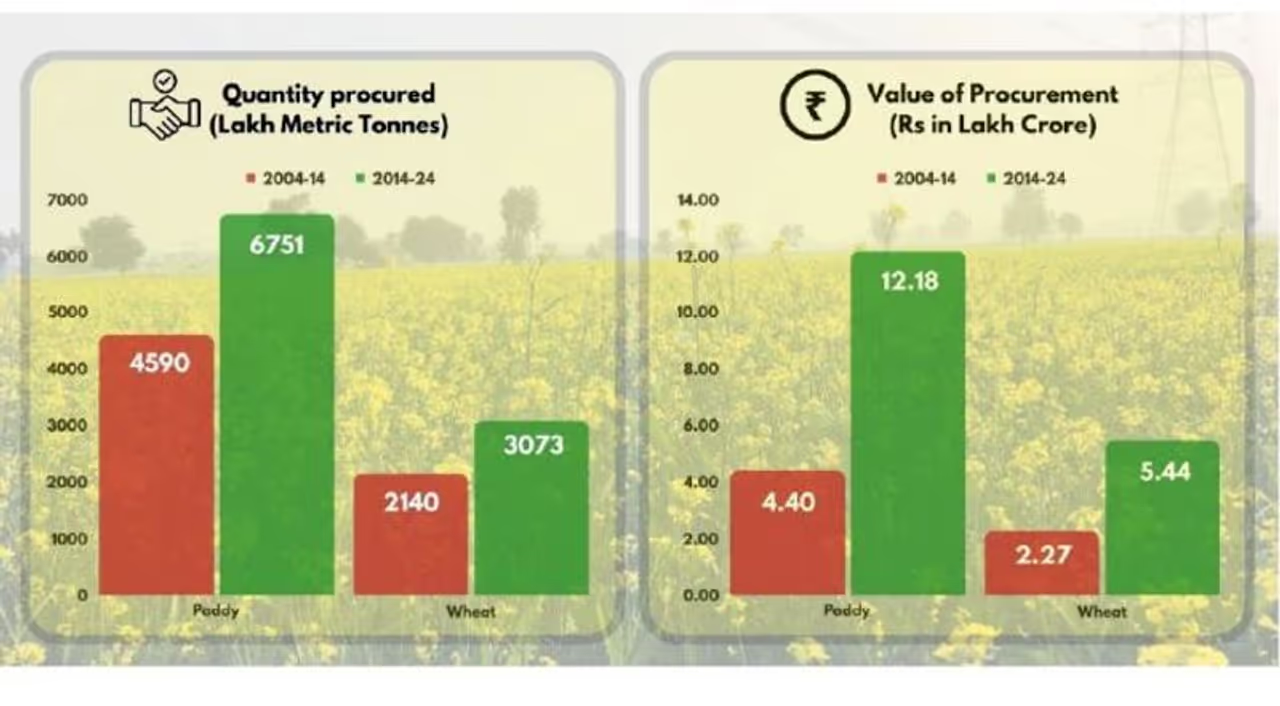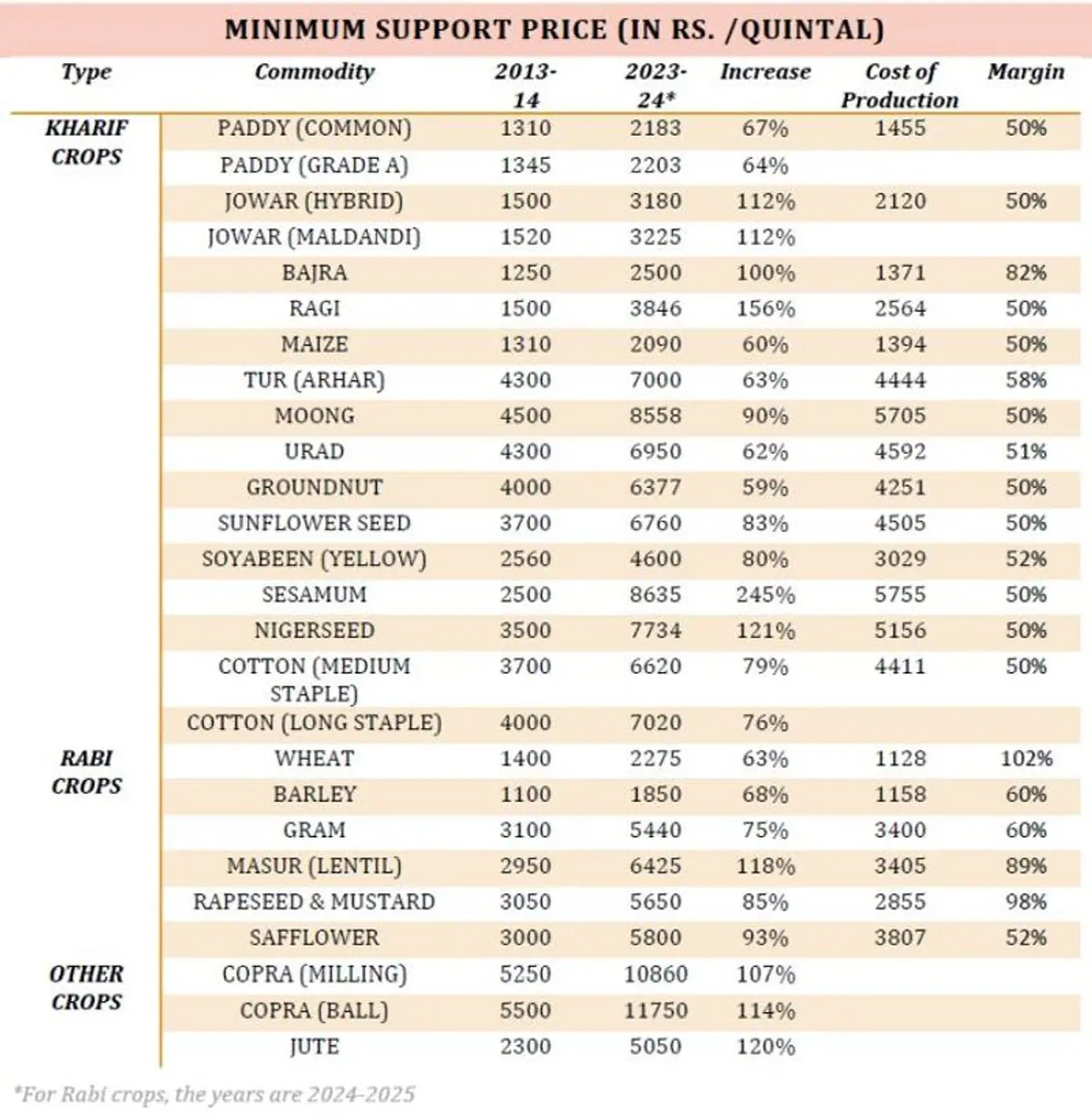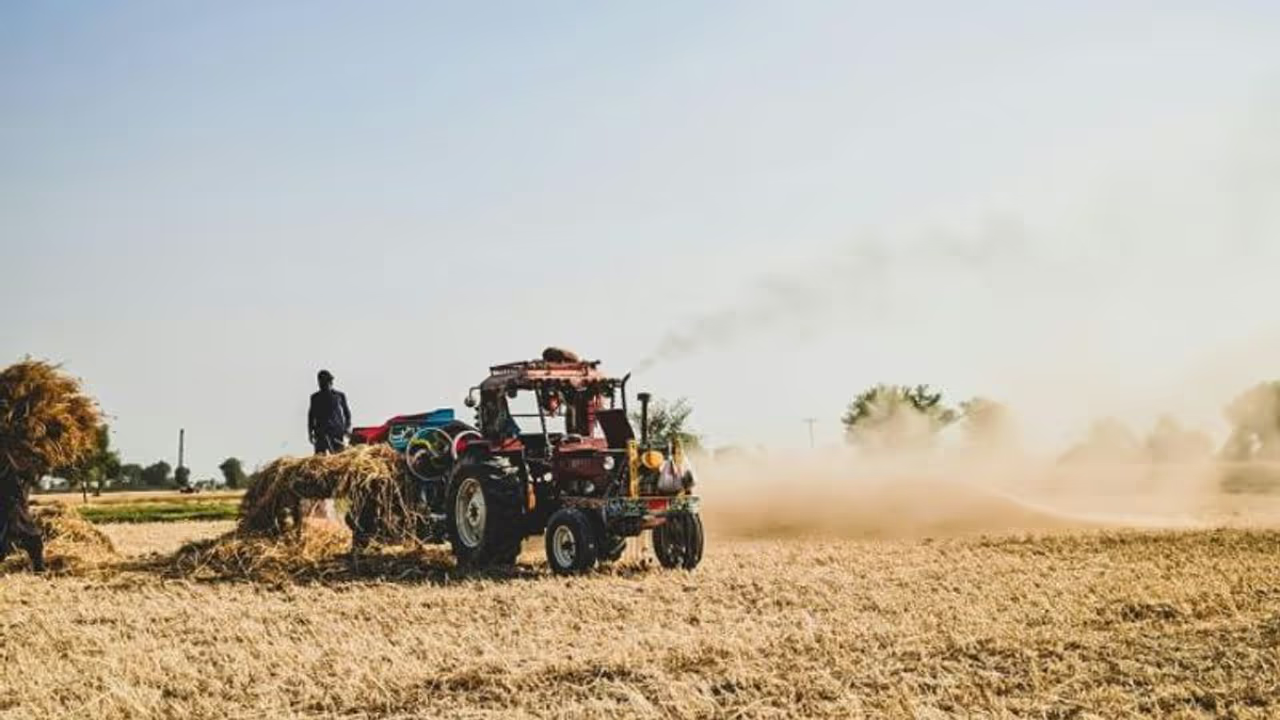The Narendra Modi government has taken significant steps to bolster support for farmers across India by announcing a substantial increase in the Minimum Support Prices (MSP) for various agricultural commodities. Annually, MSPs are declared for 22 major crops, including Kharif, Rabi, and commercial crops.
In a bid to bolster support for farmers across India, the government has announced an increase in the Minimum Support Prices (MSP) for various agricultural commodities. The MSP serves as a crucial mechanism through which the government aids farmers by purchasing their crops at a predetermined price.

Comprehensive MSP announcement
Annually, the Centre declares MSPs for 22 major agricultural commodities, encompassing 14 Kharif crops, 6 Rabi crops, and 2 commercial crops. Additionally, MSPs for toria and dehusked coconut are determined based on the MSPs of rapeseed & mustard and copra, respectively.

Commitment to Farmers' Welfare
Aligned with the commitment outlined in the Union Budget 2018-19, the government has consistently raised MSPs to ensure they remain at least 50 per cent above the all-India weighted average cost of production. Notably, this calculation factors in considerations such as family labour, recognizing the collective efforts of entire farming households rather than solely focusing on individual farmers.
Procurement and Enhanced Payments
The government's proactive measures have led to enhanced procurement and timely payments to farmers, ensuring that the benefits of MSP hikes translate into tangible support.

Procurement of food grains has seen a substantial increase from 761.40 lakh metric tonnes in 2014-15 to 1062.69 lakh metric tonnes in 2022-23, benefiting more than 1.6 crore farmers. The expenditure incurred on procurement of food grains, calculated at MSP values, rose from Rs. 1.06 lakh crore to Rs. 2.28 lakh crore.
Significant Investment in Procurement
Over the last decade (2014-24), the government has allocated Rs 12.18 lakh crore to purchase 6751 LMT of paddy and Rs. 5.44 lakh crore to acquire 3073 LMT of Wheat. This marks a significant increase compared to the preceding decade (2004-14), during which Rs. 4.40 lakh crore was spent to procure 4590 LMT of paddy and Rs. 2.27 lakh crore for 2140 LMT of wheat.

These initiatives underscore the government's commitment to the welfare of farmers and the agricultural sector, ensuring sustained support and stability in the farming community.
Also Read: 2024 Vs 2014: How Metro Rail reshaped urban commuting in India
